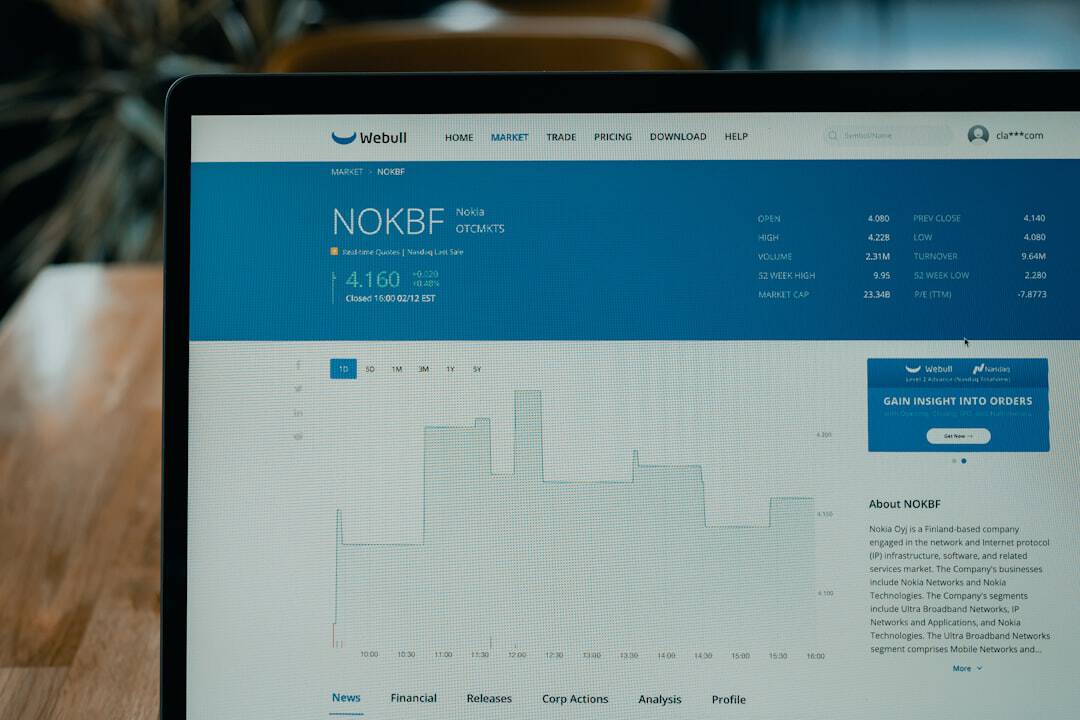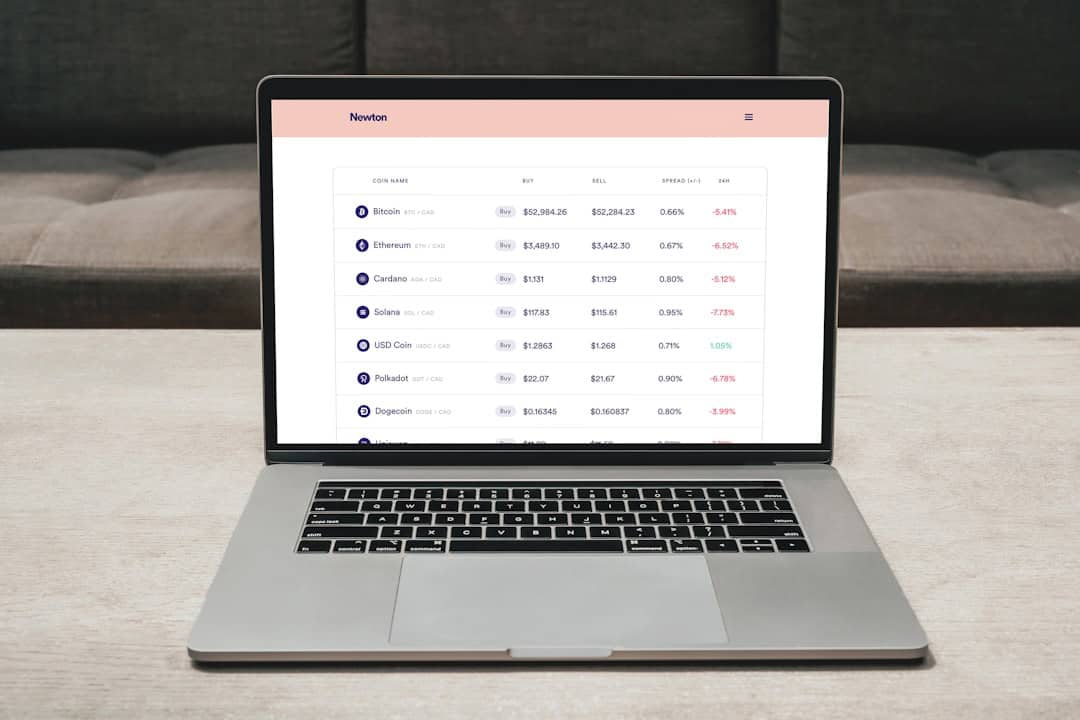Identity and Access Management (IAM) is a framework that combines policies and technologies to ensure appropriate access to organizational resources. It manages digital identities and controls access privileges for individuals within an organization. IAM systems provide secure and efficient methods for managing user identities, access rights, and security policies.
Key components of IAM include user authentication, authorization, and privilege management. The principle of least privilege is applied, granting users only the minimum access required for their job functions. IAM systems utilize identity verification, authentication, and authorization processes to control access to specific resources.
Common technologies in IAM include single sign-on (SSO), multi-factor authentication (MFA), and role-based access control (RBAC). These tools help manage user access effectively and securely. Implementing IAM offers several benefits to organizations:
1.
Enhanced management of user identities and access rights
2. Reduced risk of unauthorized access
3. Improved overall security posture
4.
Streamlined user provisioning and de-provisioning processes
5. Better compliance with regulatory requirements
6. Increased operational efficiency
IAM plays a crucial role in modern organizational security and access management strategies, helping to balance security needs with user convenience and operational efficiency.
Key Takeaways
- Identity and Access Management (IAM) is crucial for controlling and managing user access to systems and data within an organization.
- Inadequate access management can lead to security breaches, data leaks, and unauthorized access to sensitive information.
- Best practices for implementing IAM include defining clear access policies, regularly reviewing and updating user access, and implementing strong authentication methods.
- Multi-factor authentication adds an extra layer of security by requiring multiple forms of verification before granting access to systems and data.
- Regular access reviews and audits are essential for ensuring that user access remains appropriate and in line with organizational policies and regulations.
The Risks of Inadequate Access Management
Inadequate access management poses significant risks to organizations, including data breaches, unauthorized access, and compliance violations. Without proper access controls in place, organizations are vulnerable to insider threats, external attacks, and unauthorized access to sensitive information. Inadequate access management can lead to data leaks, financial losses, reputational damage, and legal repercussions.
Additionally, organizations may struggle with compliance requirements, such as the General Data Protection Regulation (GDPR), the Health Insurance Portability and Accountability Act (HIPAA), and the Payment Card Industry Data Security Standard (PCI DSS), which mandate strict controls over access to sensitive data. Furthermore, inadequate access management can result in inefficient user provisioning and de-provisioning processes, leading to security gaps and increased operational costs. Without proper controls in place, organizations may struggle to manage user identities and access rights effectively, leading to a lack of visibility into who has access to what resources.
This lack of visibility can make it challenging for organizations to monitor and audit user access, leading to increased security risks and potential compliance violations. Overall, inadequate access management can have far-reaching consequences for organizations, including financial losses, reputational damage, and legal liabilities.
Best Practices for Implementing Identity and Access Management

Implementing effective IAM practices is crucial for organizations looking to enhance their security posture and ensure compliance with regulatory requirements. Some best practices for implementing IAM include conducting a thorough assessment of current access management processes and identifying areas for improvement. This can involve evaluating existing user access controls, authentication methods, and authorization processes to identify potential security gaps and inefficiencies.
Additionally, organizations should develop a comprehensive IAM strategy that aligns with their business objectives and security requirements. Another best practice for implementing IAM is to adopt a risk-based approach to access management. This involves identifying and prioritizing the most critical assets and resources within an organization and implementing appropriate access controls based on the level of risk associated with each resource.
By focusing on high-risk assets, organizations can allocate resources more effectively and prioritize security measures where they are most needed. Furthermore, organizations should implement strong authentication methods, such as multi-factor authentication (MFA), to enhance user verification and reduce the risk of unauthorized access.
The Role of Multi-Factor Authentication in Access Security
| Metrics | Value |
|---|---|
| Number of authentication factors | 2 or more |
| Reduction in unauthorized access | Up to 99% |
| Increased security | Yes |
| Implementation cost | Varies |
| User experience | May be impacted |
Multi-factor authentication (MFA) plays a crucial role in enhancing access security by adding an extra layer of verification beyond just a username and password. MFA requires users to provide two or more forms of verification before granting access to a resource, such as a one-time password sent to a mobile device or a biometric scan. By requiring multiple forms of verification, MFA helps to reduce the risk of unauthorized access and enhance overall security posture.
MFA is particularly effective in mitigating the risk of credential theft and unauthorized account access, as it requires an additional form of verification that is not easily compromised. In addition to enhancing security, MFA can also help organizations improve compliance with regulatory requirements by ensuring that only authorized individuals have access to sensitive data and resources. Many regulatory standards, such as the Payment Card Industry Data Security Standard (PCI DSS) and the Health Insurance Portability and Accountability Act (HIPAA), require strong authentication methods to protect sensitive information.
By implementing MFA, organizations can demonstrate a commitment to protecting sensitive data and complying with regulatory requirements. Overall, MFA plays a critical role in enhancing access security and reducing the risk of unauthorized access within an organization.
The Importance of Regular Access Reviews and Audits
Regular access reviews and audits are essential for maintaining effective access controls and ensuring that individuals have the appropriate level of access to resources within an organization. Access reviews involve evaluating user access rights on a regular basis to ensure that individuals have the necessary permissions to perform their job functions. This can help organizations identify and address any excessive or unnecessary access rights that may pose a security risk.
Additionally, regular access audits involve reviewing user access logs and activity to identify any unauthorized or suspicious behavior. By conducting regular access reviews and audits, organizations can improve their overall security posture by identifying and addressing potential security gaps and unauthorized access. This can help reduce the risk of insider threats, external attacks, and data breaches by ensuring that only authorized individuals have access to sensitive information.
Furthermore, regular access reviews and audits can help organizations demonstrate compliance with regulatory requirements by providing evidence of effective access controls and monitoring processes. Overall, regular access reviews and audits are essential for maintaining effective access controls and reducing the risk of unauthorized access within an organization.
The Impact of Identity and Access Management on Compliance

Identity and Access Management (IAM) plays a critical role in helping organizations achieve compliance with regulatory requirements by ensuring that individuals have the appropriate level of access to resources and sensitive information. Many regulatory standards, such as the General Data Protection Regulation (GDPR), the Health Insurance Portability and Accountability Act (HIPAA), and the Payment Card Industry Data Security Standard (PCI DSS), mandate strict controls over access to sensitive data. By implementing IAM practices, organizations can demonstrate a commitment to protecting sensitive information and complying with regulatory requirements.
IAM helps organizations achieve compliance by providing strong authentication methods, such as multi-factor authentication (MFA), to protect sensitive data from unauthorized access. Additionally, IAM systems can help organizations streamline user provisioning and de-provisioning processes, ensuring that individuals have the necessary level of access based on their job functions. By implementing IAM practices, organizations can improve their overall security posture and reduce the risk of unauthorized access to sensitive information.
This can help organizations avoid potential fines, legal liabilities, and reputational damage associated with non-compliance with regulatory requirements.
The Future of Identity and Access Management: Emerging Technologies and Trends
The future of Identity and Access Management (IAM) is evolving with emerging technologies and trends that aim to enhance security, improve user experience, and streamline access management processes. One emerging trend in IAM is the adoption of cloud-based IAM solutions that offer scalability, flexibility, and cost-effectiveness for organizations looking to manage user identities and access rights across diverse environments. Cloud-based IAM solutions provide centralized identity management capabilities that can be accessed from anywhere, at any time, making it easier for organizations to manage user identities across distributed environments.
Another emerging technology in IAM is the use of artificial intelligence (AI) and machine learning (ML) to enhance identity verification processes and detect potential security threats. AI-powered IAM solutions can analyze user behavior patterns, identify anomalies, and automatically adjust access controls based on risk levels. This can help organizations improve their overall security posture by proactively identifying potential security threats and adjusting access controls in real-time.
Additionally, AI-powered IAM solutions can help organizations streamline user authentication processes by providing a seamless user experience while maintaining strong security measures. Overall, the future of IAM is focused on leveraging emerging technologies such as cloud-based solutions and AI-powered capabilities to enhance security, improve user experience, and streamline access management processes. By adopting these emerging technologies and trends, organizations can effectively manage user identities and access rights while reducing the risk of unauthorized access and improving overall security posture.
As technology continues to evolve, IAM will play a crucial role in helping organizations adapt to changing security threats and compliance requirements while providing a seamless user experience for individuals accessing organizational resources.
For further reading on the topic of Identity and Access Management, you may be interested in the article “Community and Culture in the Metaverse: Diversity and Inclusion in the Metaverse” available at this link. This article explores the importance of diversity and inclusion in virtual spaces, and how Identity and Access Management can play a crucial role in creating a welcoming and inclusive environment in the metaverse.
FAQs
What is Identity and Access Management (IAM)?
Identity and Access Management (IAM) is a framework of policies and technologies that ensures the right individuals have the appropriate access to technology resources. It encompasses the management of user identities, authentication, authorization, and privileges within an organization’s network.
Why is Identity and Access Management important?
IAM is important for organizations to ensure the security and integrity of their systems and data. It helps in managing user access, reducing the risk of unauthorized access, and ensuring compliance with regulations and policies.
What are the key components of Identity and Access Management?
The key components of IAM include identity management, access management, authentication, authorization, and identity governance. These components work together to manage user identities, control access to resources, and ensure security.
What are the benefits of implementing Identity and Access Management?
Some of the benefits of implementing IAM include improved security, reduced risk of data breaches, streamlined access management processes, compliance with regulations, and enhanced user experience.
What are some common IAM technologies and solutions?
Common IAM technologies and solutions include single sign-on (SSO), multi-factor authentication (MFA), identity governance and administration (IGA), privileged access management (PAM), and identity as a service (IDaaS).
How does Identity and Access Management support regulatory compliance?
IAM helps organizations comply with regulations such as GDPR, HIPAA, and SOX by providing controls for managing user access, enforcing policies, and maintaining audit trails for access to sensitive data and systems.











Leave a Reply